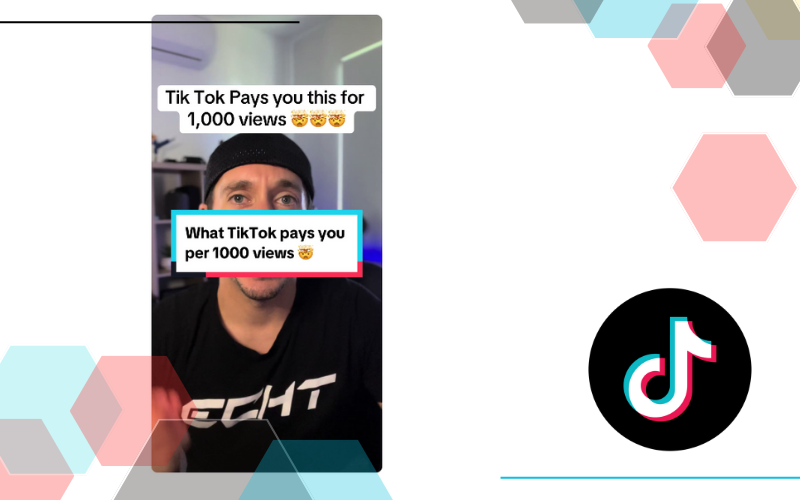Understanding TikTok Monetization: Is It Worth It? By alanbeckcoach
TikTok has taken the social media world by storm, becoming a go-to platform for creators aiming to build a following and, ultimately, make money. However, when it comes to monetization, the reality of earning from TikTok can be underwhelming. This post dives into the key aspects of making money on TikTok, focusing on CPM (Cost Per Mille), RPM (Revenue Per Mille), and how TikTok stacks up against other platforms like YouTube and Facebook.
TikTok’s Low CPM and RPM
One of the key challenges TikTok creators face is the platform’s low CPM. On average, TikTok pays between 2 to 4 cents per 1,000 views. This means that if a video hits a million views, the payout is only between $20 to $40. In comparison, YouTube offers creators significantly more, ranging from $3,000 to $5,000 per million views, depending on factors like niche, audience engagement, and ad performance. Even Facebook, often criticized for low payouts, typically offers more than TikTok, with earnings as low as $1 per 1,000 views but potentially much higher for popular content.
Niche Matters: Impact on Earnings
While TikTok’s general payout rates are low, a creator’s niche can influence earnings. Highly targeted content in profitable niches like finance, tech, or luxury products could yield better RPMs through brand deals and sponsored content. However, for most creators relying solely on TikTok’s creator fund, the returns are minimal.
Comparing Platforms: YouTube, Facebook, and TikTok
YouTube remains the leader when it comes to monetization opportunities. A video with a million views can earn creators thousands of dollars, far surpassing TikTok’s revenue potential. Additionally, YouTube offers diverse revenue streams, including AdSense, memberships, and Super Chats. Facebook lags behind but still provides more consistent payouts than TikTok, especially through its in-stream ads and fan subscriptions.
Is TikTok Worth the Effort?
Considering the low CPM and RPM on TikTok, creators must ask whether the platform’s revenue potential justifies the effort. While TikTok can help build a brand or following quickly due to its viral nature, creators looking to monetize effectively often transition to platforms like YouTube, where the payouts are far more lucrative for the same level of content creation.
Ultimately, while TikTok offers visibility and engagement, its monetization model currently leaves much to be desired. Content creators seeking financial returns must explore additional revenue streams, such as brand deals or moving their audience to platforms with better monetization structures.



